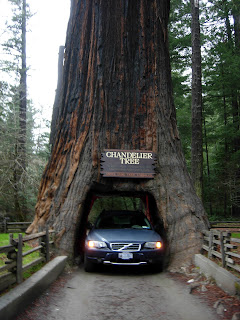



Having reached our destination, we spent some time with Ben, looking at his work place at Hood Technology. Hood Tech focuses on vibration analysis for turbines, jet engines etc. and on building cameras, camera gimbals, launch and retrieval systems, for an unmanned air vehicle, the Scan Eagle.
Ben concentrates on the development and installation of spin sensors as part of the vibration analysis team serving clients in India, Australia, Brazil, the Czech Republic, etc. On his desk, he has a computer with a double screen monitor and a complex keyboard; what looks like a safe is a vacuum chamber; what looks like a top-loading washing machine is vacuum spin pit; what looks like a hand sized set of connected bright metal pieces is a spin sensor. So I have been told.
All things spin smoothly thanks to Hood Tech.



































